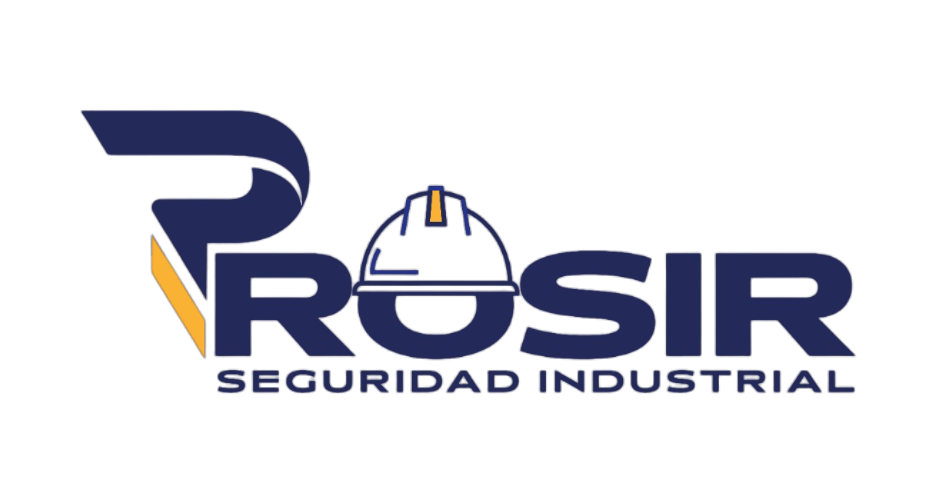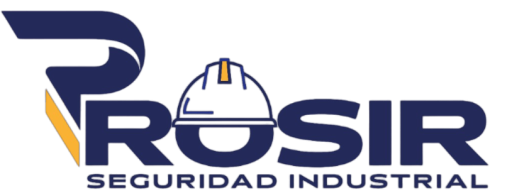Many or all of the products featured here are from our partners who compensate us. This influences which products we write about and where and how the product appears on a page. This may influence which products we review and write about (and where those products appear on the site), but it in no way affects our recommendations or advice, which are grounded in thousands of hours of research. Our partners cannot pay us to guarantee favorable reviews of their products or services. The difference between the conceptual meaning of enterprise value (TEV) and the market value of equity is as follows.
The Market Cap is equal to the current share price multiplied by the number of shares outstanding. Some may choose to stick with the big, stable, large-caps — especially if they want to preserve their capital or derive income from their investments. Others may be attracted to the more volatile — and exciting — small-caps, especially if they have a long time horizon to weather volatility or like aggressive growth stocks. Small-cap stocks have relatively lower market values because these tend to be younger growth companies.
For example, Maxwell says, a company’s enterprise value is another specific measure of a company’s market value, one that considers its debt as well as its stock. The companies that make it to the large-cap category tend to have several characteristics in common. Market cap is also used to compare and categorize the size of companies among investors and analysts. NerdWallet, Inc. is an independent publisher and comparison service, not an investment advisor. Its articles, interactive tools and other content are provided to you for free, as self-help tools and for informational purposes only. NerdWallet does not and cannot guarantee the accuracy or applicability of any information in regard to your individual circumstances.
Looking at a company based solely on its market capitalization will not provide information on how indebted the company is and the potential risks that come along with that. «Everyone is working to measure a company’s true market value,» Asher Rogovy, Chief Investment https://www.topforexnews.org/brokers/ic-markets-forex-broker-ic-markets-review-ic/ Officer at Magnifina, says. «Whoever understands the true value can profit by trading mispriced stocks. Market capitalization represents how investors, on average, estimate true market value. It’s one indicator of market value and a great starting point for analysis.»
- While small-caps tend to be volatile and rarely offer dividends, they have a lot of growth potential and are often undervalued.
- Market capitalization is a quick and easy method for estimating a company’s value by extrapolating what the market thinks it is worth for publicly traded companies.
- When you diversify, you aim to manage your risk by spreading out your investments.
In effect, the formula isolates the value of the company belonging solely to common equity shareholders, which should exclude debt lenders, as well as preferred equity holders. Then using your time horizon and risk tolerance as benchmarks, you can build out a diversified selection of investments. types of enterprise software solutions for companies in 2023 The Russell 2000 Index tracks small-cap companies including all of the above. There are several funds that track the Russell 2000, such as iShares Russell 2000 ETF and Vanguard Russell 2000 ETF. We believe everyone should be able to make financial decisions with confidence.
Historical estimates of world market cap
There are two other market-cap categories, generally referred to as micro-cap (below $250 million) and mega-cap (the largest companies on the stock market, some of which overlap with large-cap). Market cap is often used as a baseline for analysis as all other financial metrics must be viewed through this lens. For example, a company could have had twice as much revenue as any other company in the industry.
Does Market Cap Affect Stock Price?
Under the treasury stock method (TSM), the common share count factors in the exercise of potentially dilutive securities, resulting in a higher number of total common shares. For privately held companies, this particular approach is the only viable method to compute equity value, as these companies do not have a readily available public share price. Under an alternative approach, we can calculate the market cap by subtracting net debt from the enterprise value of the company. The Market Cap, or “Market Capitalization,” is the total value of a company’s equity from the perspective of its common shareholders. Or you could even split the difference by buying mid-cap stocks or the best mid-cap ETFs, enjoying higher growth than large-cap stocks along with higher stability than small-caps.
Misconceptions About Market Caps
If large-caps are the big cruise liners that can withstand the stormiest seas, small-caps are the sailboats that can be rocked by a single wave. The investing information provided on this page is for educational purposes only. NerdWallet, Inc. does not offer advisory or brokerage services, nor does it recommend or advise investors to buy or sell particular stocks, securities https://www.forex-world.net/currency-pairs/aud-huf/ or other investments. Suppose we’re tasked with calculating the market capitalization and the enterprise value of three different companies that operate in the same (or adjacent) industry. If your goal leans more toward stability, you can focus on large-caps, but you can also include smaller companies with growth potential to provide some extra juice to the portfolio.
For example, large companies might be more stable with less room for growth in their returns, but might be the right choice for a portfolio with a short time horizon or an investor with a low risk tolerance. Market capitalization, or market cap, provides part of the information to make these decisions. Small-cap stocks are companies that have a market capitalization value between $300 million and $2 billion. Small-caps are often new companies, focused on a niche market, or struggling financially.
For starters, market cap can give you a general idea of where a company stands in the business development process. After all, access to investor capital to expand the business is why many companies decide to go public in the first place. Enterprise value is mostly used to determine the price of a company if it were to be acquired outright. However, experienced investors can use enterprise value alongside other performance data to determine whether a stock price is currently under- or overvalued relative to similar companies.
Shares outstanding includes all shares — those available to the public as well as restricted shares available to and held by specific groups. Mid-cap companies generally have a market capitalization between $2 billion and $10 billion. Mid-cap companies operate in an industry expected to experience rapid growth. Mid-cap companies are in the process of expanding and carry an inherently higher risk than large-cap companies.
A company with 20 million shares selling at $100 a share has a market cap of $2 billion. A second company with a share price of $1,000 but only 10,000 shares outstanding, has a market cap of $10 million. It’s important to know that a company’s market capitalization is the total value of its equity only. A company’s Enterprise Value is the value of the entire business, including both equity and debt capital. Alongside market capitalization and enterprise valuation, investors will often use ratios such as price-to-earnings ratio, price-to-sales ratios, and return on equity to compare values between companies. Mid-cap stocks range from $2 billion to $10 billion in market cap, and this group of companies is considered to be more volatile than the large-cap and mega-cap companies.
In the example above, Company A with a market cap of $10 billion could be considered a mid-cap. Again, that’s the price of one share multiplied by the total number of outstanding shares. «The bottom line is that small-cap stocks provide higher returns, on average — but that comes at the cost of greater risk.» Some of the companies may or may not be industry leaders, but they may be on their way to becoming one. First Solar (FSLR), is a mid-cap leader in the solar power field, with a market cap of around $8 billion as of Q2 2022.

